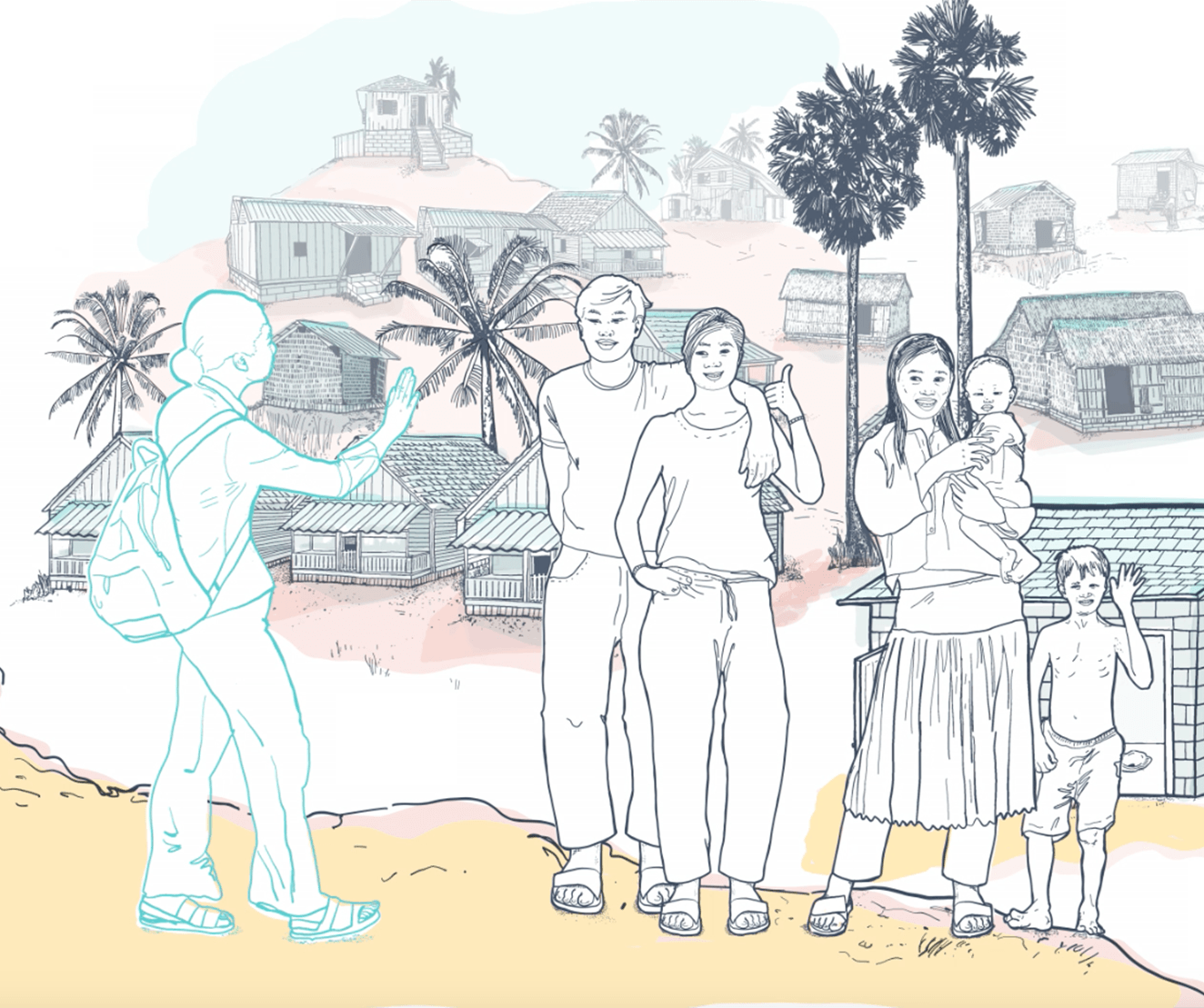Perceptions and behaviours regarding water requirements for toilet usage are based on varying contexts – both spatial and cultural and other multiple interacting factors including caste, economic status and availability of water.
Toilet construction is critical to ending open defecation, however most toilets built under Swachh Bharat Mission- Gramin (SBM-G) (clean India mission – rural) are water intensive. In the absence of piped water supply, rural households often rely on alternative sources of water or turn to open defecation or partial use. In such a scenario, water usage for cooking, drinking and washing takes precedence and using water for toilets becomes the last priority.
This Rapid Topic Review examines both technical and behavioural aspects surrounding water collection, management and consumption related to toilet use in rural areas. Information for this study comes from a literature review and field visits to eight villages across Himachal Pradesh, Rajasthan and Haryana involving discussions with men and women of different ages, as well as boys and girls. The villages were selected based on the climate conditions and socio-religious composition of the communities. In all three states, water scarcity is experienced at different times of the year.







